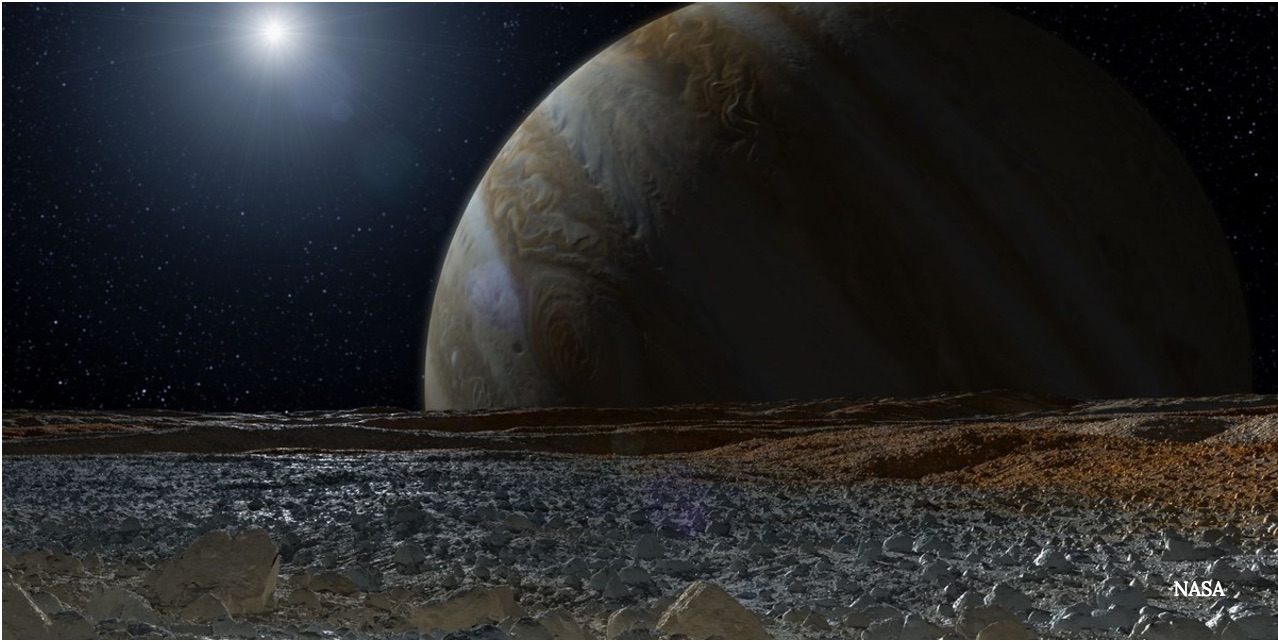Finding Alien Life Could Be a Simple Chemistry Test Away

Wouldn't it be great if, when landing a robotic mission on another planet, the lander or rover could just scoop a sample, drop it into a chemical analyzer and get a "positive" or "negative" result for extraterrestrial life?
Well, this chemistry test isn't so far fetched and scientists at NASA's Jet Propulsion Laboratory in Pasadena, Calif., are working on a method that is 10,000 times more sensitive than any other method currently employed by spacecraft.
Focused on the detection of specific types of amino acid tied to life, the researchers propose mixing a liquid sample collected from the surface of an alien world with a chemical known as a liquid reagent. Then, by shining a laser across the mixture, the molecules it contains can be observed moving at different speeds when exposed to an electric field. From this, the different molecules can be identified and the whole thing can be done autonomously, no humans required.
The method known as "capillary electrophoresis" can be used to detect many different types of amino acids simultaneously.
"Our method improves on previous attempts by increasing the number of amino acids that can be detected in a single run," said researcher Jessica Creamer in a statement. "Additionally, it allows us to detect these amino acids at very low concentrations, even in highly salty samples, with a very simple 'mix and analyze' process."
RELATED: Stormy Alien Atmospheres May Spark Seeds of Life
The team has already tested the method on water taken from Mono Lake in California — a mass of salty water with an extreme alkalinity — and simultaneously analyzed 17 different amino acids.
Get the Space.com Newsletter
Breaking space news, the latest updates on rocket launches, skywatching events and more!
"Using our method, we are able to tell the difference between amino acids that come from non-living sources like meteorites versus amino acids that come from living organisms," said Peter Willis, the project's principal investigator also at JPL.
Molecules like amino acids come in two different "chiralties" that are mirror images of one another. Non-organic sources contain roughly equal "left-" and "right-handed" chirality amino acids, whereas amino acids from living organisms are predominantly left-handed — for life on Earth in any case. This differentiation can be detected by capillary electrophoresis.
This method is exceedingly powerful for several reasons. Currently, NASA is putting great efforts into looking for habitable environments on Mars. We know that the Red Planet used to be a very wet place and there's evidence that suggests very briny sources of liquid water exists to this day. If life has ever taken hold on Mars, and if a future mission can directly sample this salty, toxic water, it's sensitive chemical analyses such as this that will likely track it down.
Also, in the future, it is hoped that a mission may be sent to Jupiter's moon Europa, which is known to possess an extensive subsurface ocean. Many components for life as we know it exists on Europa, so if a robotic mission can be sent to the moon's ice-encrusted surface, or even dropped into the ocean itself, finding out whether there's life elsewhere in the solar system could be one simple chemistry test away.
WATCH VIDEO: Could Life On Earth Have Come From A Comet?
Originally published on Seeker.
Join our Space Forums to keep talking space on the latest missions, night sky and more! And if you have a news tip, correction or comment, let us know at: community@space.com.
Ian O'Neill is a media relations specialist at NASA's Jet Propulsion Laboratory (JPL) in Southern California. Prior to joining JPL, he served as editor for the Astronomical Society of the Pacific‘s Mercury magazine and Mercury Online and contributed articles to a number of other publications, including Space.com, Space.com, Live Science, HISTORY.com, Scientific American. Ian holds a Ph.D in solar physics and a master's degree in planetary and space physics.









